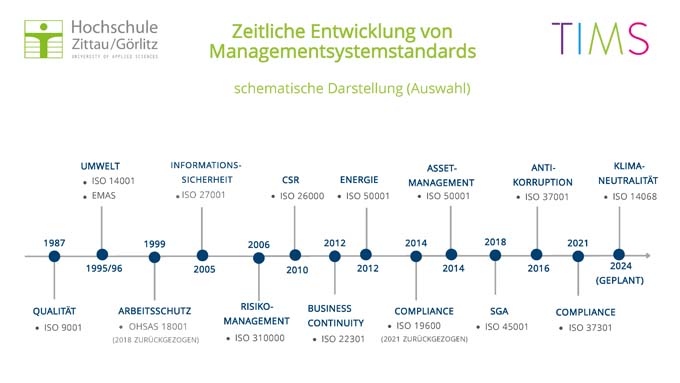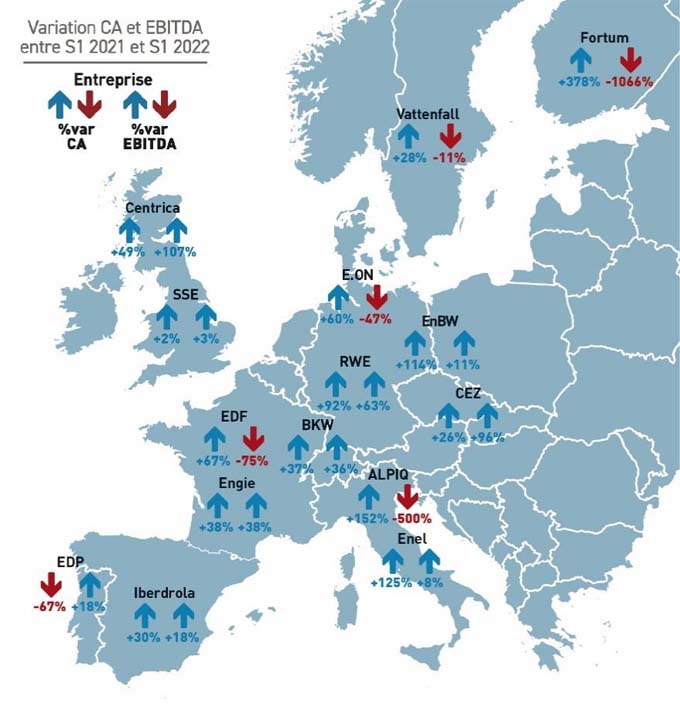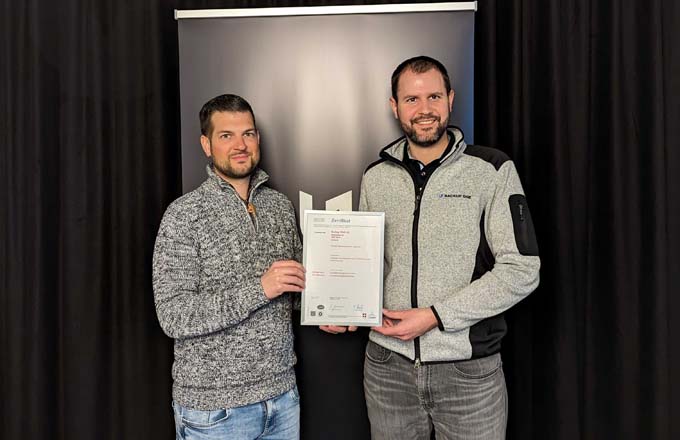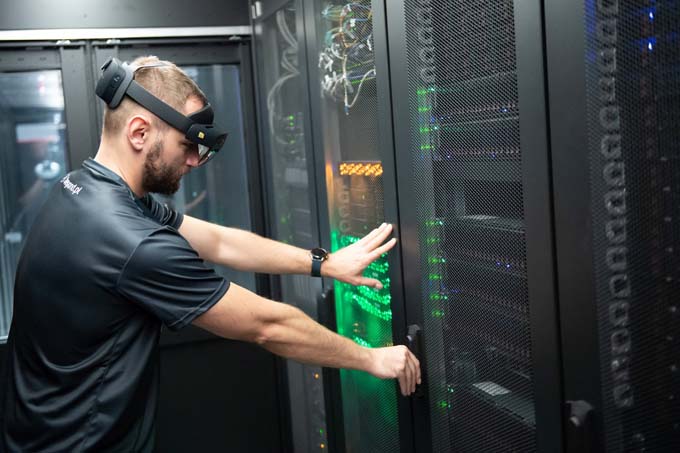Where is the counterfeit market heading?
The market for counterfeit goods has been growing rapidly for several years. Counterfeiting reduces the intangible value of a company, its turnover and competitiveness. Consumers face an increasing risk - the more counterfeit car parts, electrical components, medical products, fashion or headphones, the greater the damage to society.

Berlin-based brand protection software provider Sentryc GmbH conducted a qualitative survey in 2022 involving companies from the IT sector, construction and mechanical engineering, the automotive industry and the financial services sector, among others. According to the survey, the annual damage caused by product counterfeiting is mostly between one million and 50 million euros. More than 60 percent said that copies of their products had already been in circulation, which poses a potential risk to end customers. The good news is that thanks to the active use of brand protection software, fraudsters detected a not inconsiderable proportion of the counterfeits.
Four currents under observation
As expected, the real and digital worlds will merge even further in 2023. As a result, consumers will encounter more and more online spaces. But the further development of virtual shopping also opens up new avenues for plagiarists. This poses a challenge to brand manufacturers, the industry and those involved in trademark law. Four essential developments and the resulting courses of action are summarized in the following currents developed by Sentryc GmbH.
- Stream 1: Creator with Counterfeits: Fakes in Social Commerce: Due to the growing popularity of social networks such as Facebook, Instagram and Facebook, companies are increasingly selling their products directly via these channels and implementing dedicated social commerce strategies. Hyped products promote their own shopping dynamics. Coveted products advertised via social media attract counterfeiters. The accounts of the product pirates - social bots controlled by software algorithms - use the same hashtags as the sellers of the originals to draw attention to their fake products and fake stores. Superapps such as WeChat or Aliplay also offer room for imitators. In addition to messenger functions, these apps cover e-commerce and payment features. Due to their almost closed system including payment processing, they serve as a lucrative platform for counterfeit products. Pirate copiers exploit the complex and non-transparent structure of this app for their own purposes. Superapps have so far been found primarily in the Asian region, but the path to the German market has already been mapped out. To provide support from the political side, the EU is planning a new law with the Digital Services Act (DSA). The regulation obliges platform providers to establish the identity of traders and ban illegal, reported products. It calls on manufacturers to take targeted measures themselves to protect their brands in all relevant countries. They are supported by brand protection software that monitors social media and reports suspicious products.
- Stream 2: Fakes and Brand Abuse in the Metaverse: In the meantime, many brands are pushing into Web 3.0 and establishing presences on various platforms. The metaverse offers brand manufacturers enormous sales potential, but some of the new design spaces must first be opened up from a legal, regulatory and social perspective. In terms of cybercrime and fraud, they are more defenseless and vulnerable to damage than other digital platforms. Closing security gaps is of great importance. How can the next stage of the Internet be sustainably secured? It is imperative that intellectual property owners seek legal advice on whether to register their trademarks for virtual products and services, for example. It is also advisable to monitor online environments for infringements. Because monitoring various platforms involves considerable effort, far-sighted companies allocate a legal budget for the Web3 in addition to a marketing budget.
- Stream 3: Conscious purchase decisions for counterfeits: A recent study says that especially 26-32 year olds would buy counterfeit products. (1) Reason: the lower price. By buying counterfeits, consumers accept lower quality. Even if the knowledge about a purchased counterfeit is available, the complete knowledge about the phenomenon of plagiarism rarely resonates in the purchase decision: From the supply chain to the procurement of raw materials to distribution, people and the environment suffer from the precarious conditions, and end consumers ultimately feel the qualitative and health consequences. In order to counteract the threat to human rights, climate protection and health and to bring about a change, comprehensive information is provided to educate buyers. Legally, the responsibility lies with the manufacturer and brand owner. That is why Nicole Jasmin Hofmann, Managing Director and Co-Founder of Sentryc GmbH, recommends including detailed information on the consequences of counterfeit products in your brand communication. The information is spread via press relations, articles on websites and partner online stores.
- Stream 4: Risk management will play a greater role in business: In the risk field between cyber incidents, loss of reputation as well as fraud, trademark infringements play an increasingly large role. Companies know that plagiarism and brand abuse have an impact on sales. In order to prevent corporate misjudgement of the risk, internal transparency is becoming more important. The following assumption applies here: As soon as a product is in demand on the market, there is an economic interest in copying it. It is therefore important to take advantage of the many technical, mechanical and process-related options available as early as the production stage in order to make counterfeiting more difficult. Distribution of production steps among different production sites, unique identification features such as watermarks, and software- and AI-supported monitoring of trading places and sales markets represent some of the methods. Companies should check whether they are doing everything they can in terms of security and due diligence to prevent fakes, and critically question their risk management and prevention measures. Legal departments should also pay more attention to this topic in the future.
Conclusion: Stay one step ahead of product counterfeiters
To prevent losses due to product counterfeiting, manufacturers and brand owners must take active action against plagiarism. In-house legal departments or criminal charges filed may help in the aftermath, but by then the copy is already moving on the market. As the results of the study mentioned at the beginning of this article show, a rethink is currently taking place in the review of the market situation and in the enforcement of product and brand rights. Now it is a matter of continuously monitoring the online market and new channels in order to stay one step ahead of plagiarists.
(1) https://www.ey.com/de_de/forms/download-forms/2022/07/ey-studie-produktpiraterie
Source: Sentryc


















